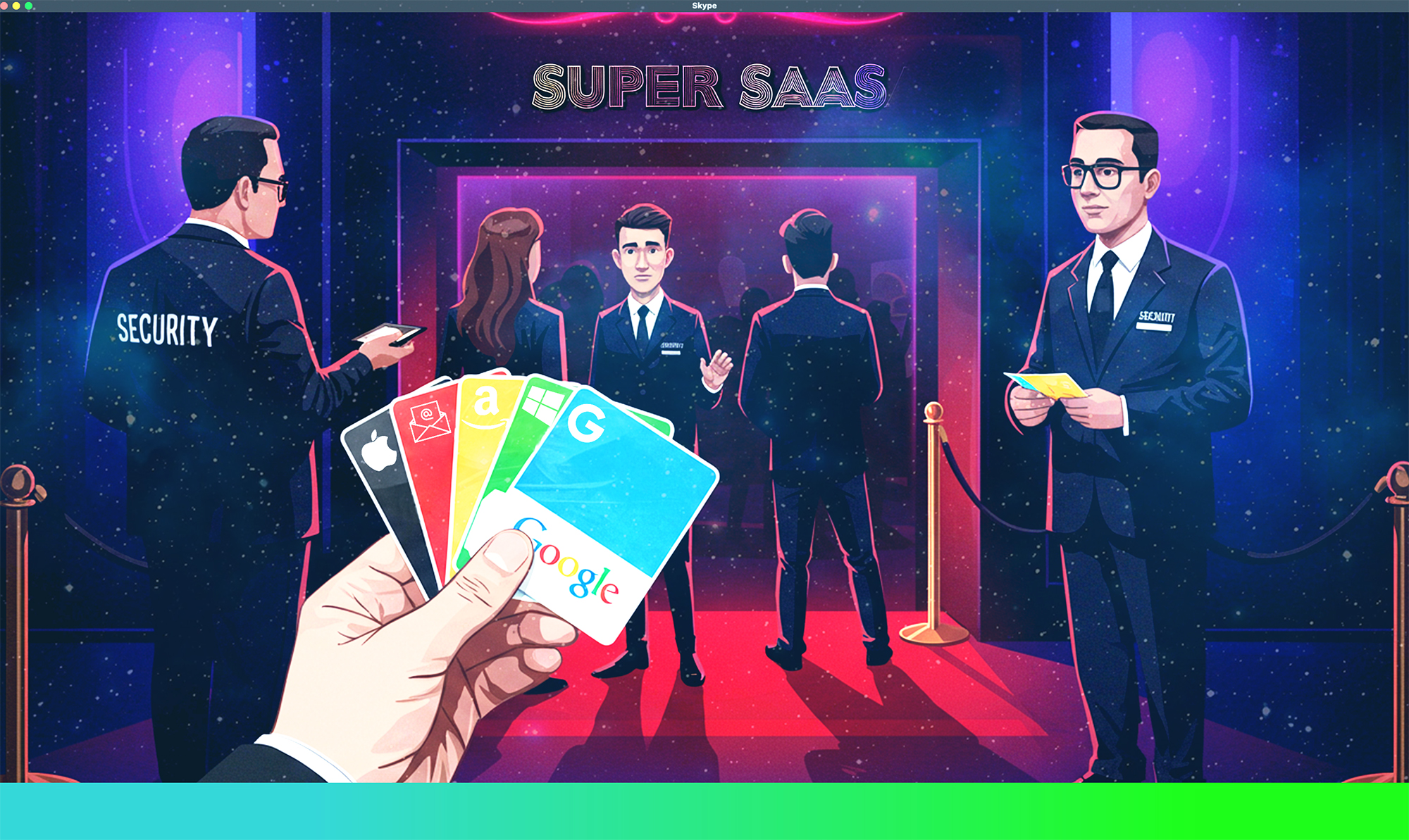
These principles are not just design trends; they are foundational strategies to meet the growing expectations of users.
The landscape of SaaS and web application design is rapidly evolving, and as we step into 2025, simplicity, usability, and mobile-first design continue to emerge as the cornerstone principles for creating impactful user experiences.
Let’s explore these principles in depth and how they shape the future of SaaS and web app design.
Simplicity: Less Is More
In the SaaS and web app realm, simplicity is synonymous with clarity. A cluttered interface can overwhelm users and hinder engagement. Here’s how to ensure simplicity in your designs:
- Prioritise Core Features: Focus on the features that deliver the most value to your users. Avoid feature bloat by conducting user research to identify what truly matters.
- Minimalistic Design: Adopt a clean, modern aesthetic. Use ample white space, simple typography, and a restrained colour palette to guide users’ attention.
- Streamlined Navigation: Ensure that navigation menus are intuitive and consistent. Users should find what they need within three clicks or fewer.
- Content Hierarchy: Structure content logically using headers, bullet points, and clear labels. This helps users digest information quickly.
Don’t Forget Usability!
Usability focuses on how efficiently users can achieve their goals within your application. By prioritising usability, you enhance user satisfaction and retention. Consider these tactics:
- Consistency Across Interfaces: Standardise elements like buttons, icons, and forms. Consistency builds familiarity and reduces the learning curve.
- User Feedback: Incorporate visual and textual feedback to confirm user actions (e.g., a “Success” message after saving changes).
- Accessibility: Design with inclusivity in mind by adhering to WCAG standards. Ensure your app is accessible to users with disabilities by using features like alt text for images, keyboard navigation, and high-contrast options.
- Testing and Iteration: Conduct usability testing with real users to identify pain points. Continuously refine your app based on feedback.
Mobile-First, always!
There is no doubt that mobile continues to dominate. Designing for smaller screens first is no longer optional. The mobile-first design ensures that your application delivers an optimal experience on any device.
- Responsive Design: Use flexible grids and media queries to adapt your app’s layout seamlessly across devices, from smartphones to desktops.
- Touch-Friendly Interfaces: Ensure buttons and interactive elements are large enough for easy tapping. Avoid placing elements too close together.
- Optimised Performance: Minimse load times by optimising images, using efficient code, and leveraging content delivery networks (CDNs).
- Progressive Web Apps (PWAs): Consider building PWAs to combine the best of web and mobile apps. PWAs provide fast, offline access and app-like experiences without requiring installation.
The Synergy of Simplicity, Usability, and Mobile-First Design
While each principle has its unique focus, its integration is what creates truly exceptional SaaS and web applications. For example:
- A simple design ensures a distraction-free mobile interface.
- Usability principles ensure that even complex workflows are intuitive on small screens.
- A mobile-first approach ensures that all users, regardless of their device, enjoy a seamless experience.
Trends in 2025
As you adopt these principles, consider aligning them with emerging trends:
AI-Driven Personalisation: This is new but future-proof! Use AI to create user-specific interfaces that adapt to individual behaviours and preferences.
- Voice and Gesture Interfaces: Enhance usability by incorporating voice commands and gesture-based navigation, especially for mobile users.
- Dark Mode: Avoid burning eyes. Offer dark mode options to meet user preferences and improve accessibility in low-light environments.
- Sustainable Design: Adopt eco-friendly practices, like energy-efficient coding and minimal data usage, to cater to environmentally conscious users. This also will improve your loading speeds!
These principles empower you to create interfaces that are intuitive, engaging, and accessible to all.
Start integrating these strategies into your design process today, and watch your applications transform into user-centric success stories.




